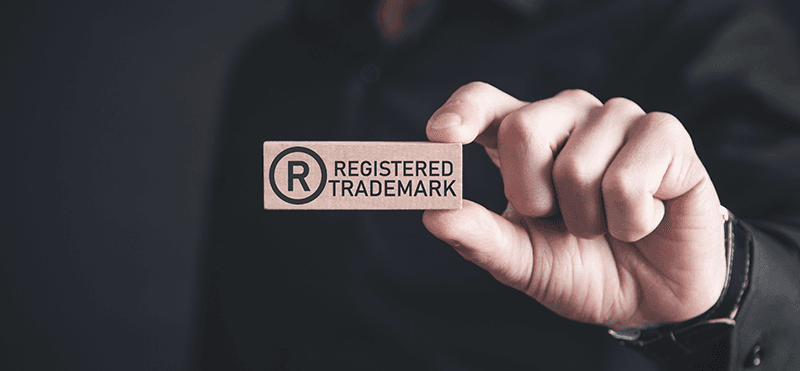If you received a Section 2(e)(1) refusal for your trademark application, it means the USPTO is refusing your registration because the examiner considers your mark merely descriptive of your goods or services.
A mark is deemed merely descriptive if it describes an ingredient, quality, characteristic, function, feature, purpose or use of the applicant's goods or services.
This type of office action is one of the most common but difficult to overcome. Strategies to prevail over this ruling may include:
- Arguing the mark doesn't convey information about nature of the goods or services.
- Arguing the mark is suggestive rather than descriptive. To help you understand the difference, in the context of automobiles, "Fast" is descriptive, "Jaguar" is suggestive. Suggestive marks suggest some characteristic of the goods or services rather than describe it directly. They are considered distinct and, therefore, registrable. The line between a descriptive and a suggestive mark is not always clear-cut, and sometimes you might be able to argue your mark falls under the latter.
- Arguing there is a secondary layer of interpretation to the mark as a whole that goes beyond the initial descriptiveness. This can, for example, include a play on words which would be understood by the target audience, even though the individual words within the mark are descriptive. Another common counter-argument is that the mark includes an incongruity (Urban Jungle, Digital Zen, Bitter Sweet, etc.).
- Proving acquired distinctiveness. Best Buy or Americal Apparel are good examples of acquired distinctiveness. If a mark has been used in commerce, the purchasers can learn to associate it with the goods or services, mitigating the concern about confusion in the market. You can try collecting proof of your mark having acquired distinctiveness through use, such as sales materials or consumer surveys.
Overcoming a mere descriptiveness refusal from the USPTO can be challenging, as it requires preparing a persuasive response supported by legal arguments and evidence. Sometimes, the only options will be either seeking registration on the Supplemental register only or abandoning the application and retrying with a different mark (for example, by adding a visual element and registering a figurative mark instead of a wordmark).
If you've received a Section 2(e)(1) refusal, we strongly recommend consulting your case with an experienced trademark attorney who can help you navigate your options, choose the best course of action, and craft a proper response to the office action.






